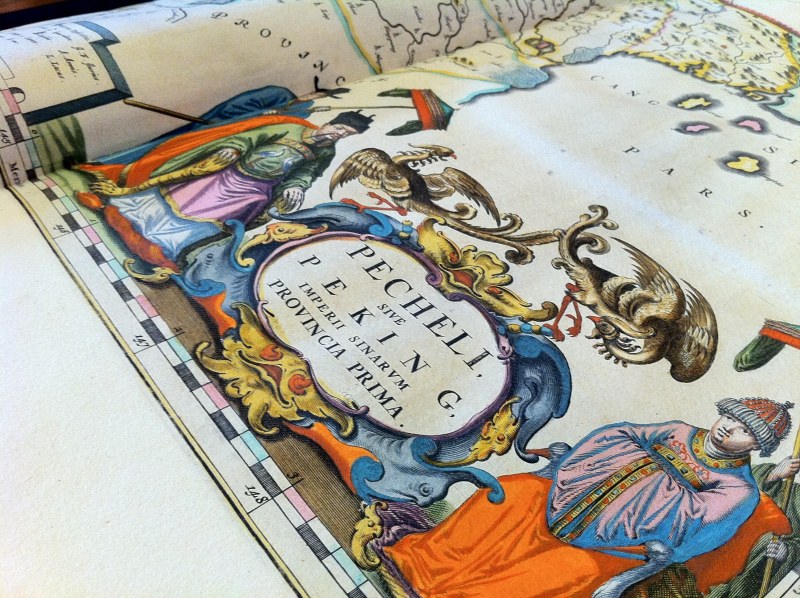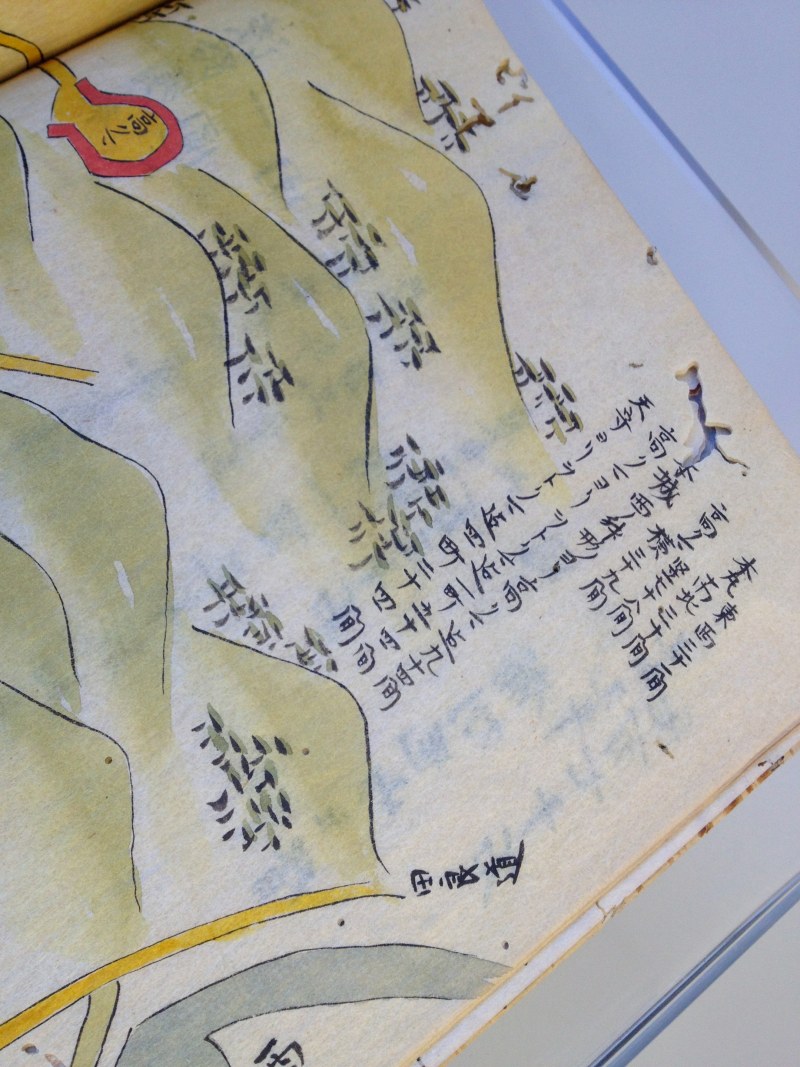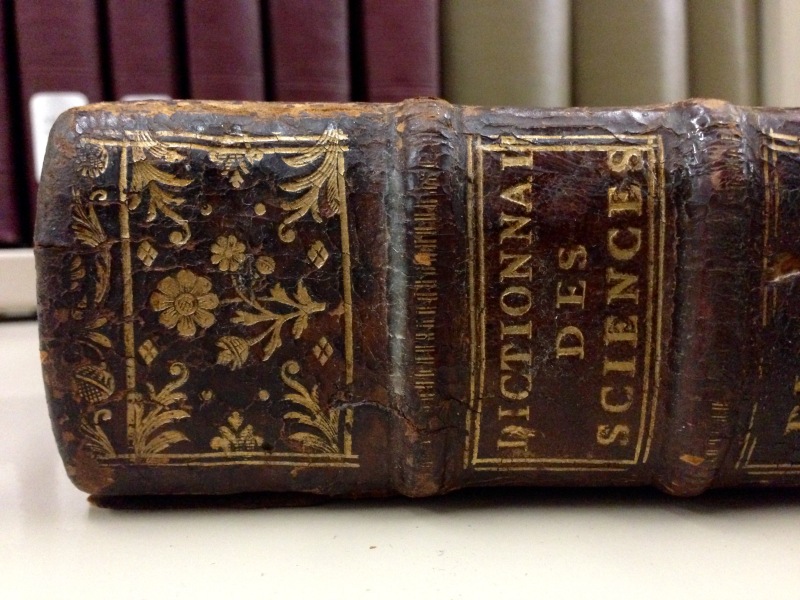
I’ve previously mentioned that I work as a special collections librarian. I was whining in my last post, preemptively bemoaning a potential but as yet hypothetical change in my professional life. I might end up in modern records or academic repositories or back in public libraries, true. But for now, I work in special collections. Generally, this means that I help steward a collection of manuscripts, rare books, maps, broadsides, art books, plans, ephemera, and photographs. One of the loveliest things about my current position is how astonishing that collection is, yet how unknown in many cases (notably some of the books). It provides opportunities for professional education that a larger organization might not. We have a small staff, and few of us are experts when we start. We learn as we go. Which is good, because otherwise I would just stay in school forever.
If you work in special collections, you have probably heard of the shining institution called Rare Book School. It is exactly what it sounds like: a school that offers week-long intensive courses in myriad aspects of the history of the book and bibliography. There are similar programs in California, London, and France, as well as various other seminars, workshops, and degree concentrations around the globe. Trouble is, if you’re a librarian, you have almost certainly spent a lot of money (or incurred a lot of debt) already in acquiring your Master’s. A week-long class at RBS costs about half the tuition of one of my grad school classes, and I went to a relatively expensive school. There are fellowships and whatnot, but they are fiercely competitive and, of course, require time for application. What is one to do when you’ve already hit the ground running in a full-time job (but haven’t been there long enough to afford the money or time off)?
If you’re like me, you find another way. I already work in a special collections repository. My work has always provided the catalyst for and direction of my learning. Now I’m just going to guide it in a (slightly) more focused way, and I’m going to occasionally present my findings here on my blog. (I do also write for my library’s blog, but we try to stay away from too many posts just exclaiming aren’t all these books so pretty?! Which are precisely the sort of posts you’re likely to find here.)
They say that you’ve mastered a subject when you can teach it to others. The point of this experiment, however, is that I am no master. Think of this more as inviting others to join me on a path of exploration. And because my interests run broader than rare books alone, it’s going to be mostly Rare Book School but occasionally Special Collections School. I hope to learn a lot, and if you’re interested, I hope you will learn something, too.
This introductory post features images of details. One of the things I love most about the information field is the intricacy. There are details related to providing intellectual access (a typo can make an item impossible to locate). There are details of physical structure (though some of the most fascinating are hidden in the finished object). And there are details that accumulate during the life of the object (adding history and mystery along the way). I’ve assembled a small selection of some of those details here. Peruse, enjoy, ask questions, and correct me if you find a mistake! This is above all a learning process.
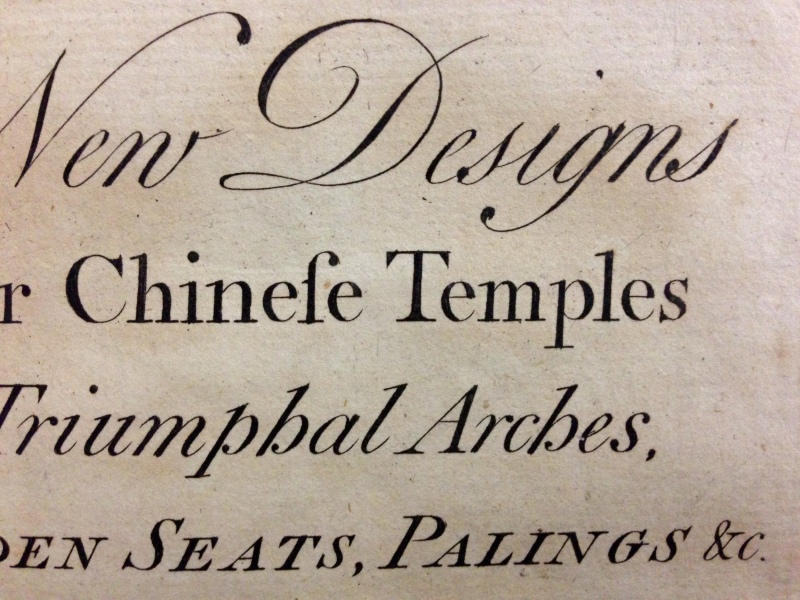
This example shows the long or medial s (no, it’s not considered an “f”) that was once common in printed works. It also shows the archaic “&c” abbreviation used for “et cetera”.
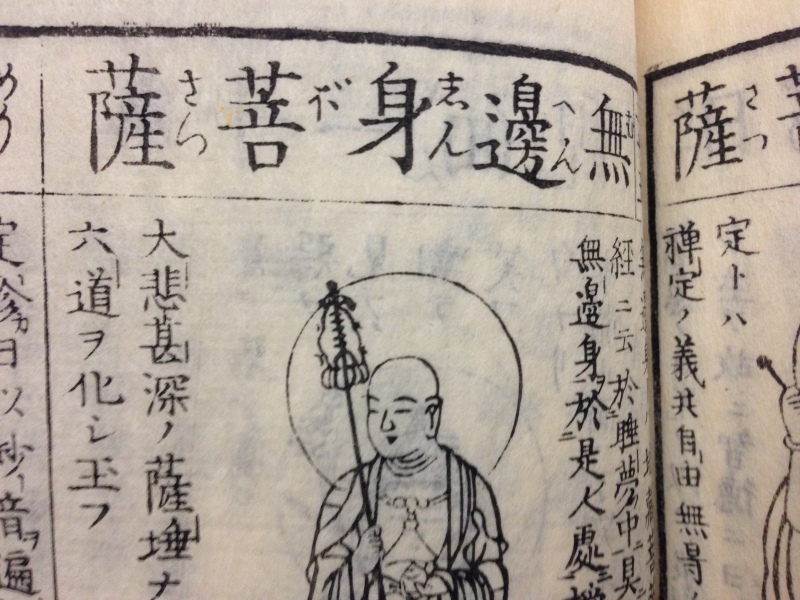
Kunten refers to the smaller characters to the right of the larger Chinese characters at the top of the page. They are a type of gloss that was used to guide Japanese pronunciation (then called furigana or rubi) or indicate Japanese readings in kanbun literature.
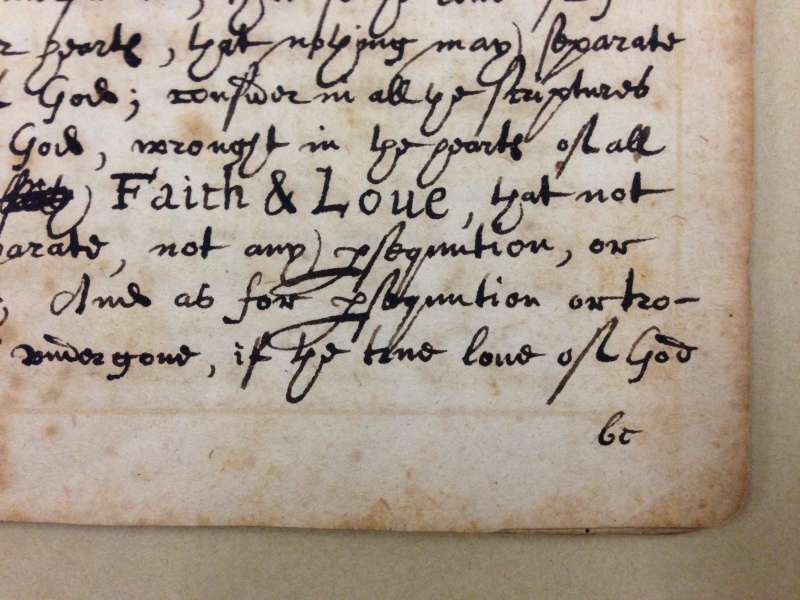
Manuscript example of the early modern u used for what would now be a v in the middle of the word. In the bottom right, a manuscript example of a catchword, duplicating the first word on the next page. In printed works, it was meant to help guide the binder in correct placement.
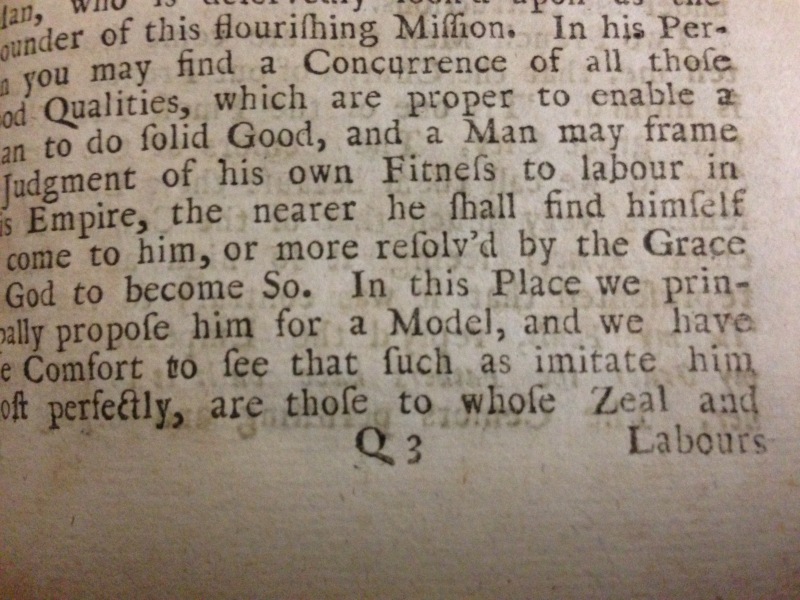
Signature mark “Q3”. Catchword “labours”, indicating the first word on the next page. Signature marks (and catchwords, as mentioned above) were meant to assist binders/printers in arranging pages correctly. You also see the long s throughout.

Seal impression in wax, accompanying the flourished signature of its owner. Wax seals are not always easy to find on manuscripts. Those used to seal correspondence were generally removed in the course of opening the letter. Those on legal documents like this one have a better survival rate.

Decorative cloth corner piece, or kadogire (角裂), on a traditional Japanese binding. They’re lovely but don’t allow air circulation, encouraging insects to take up residence. Rebound or newer books tend not to include them.
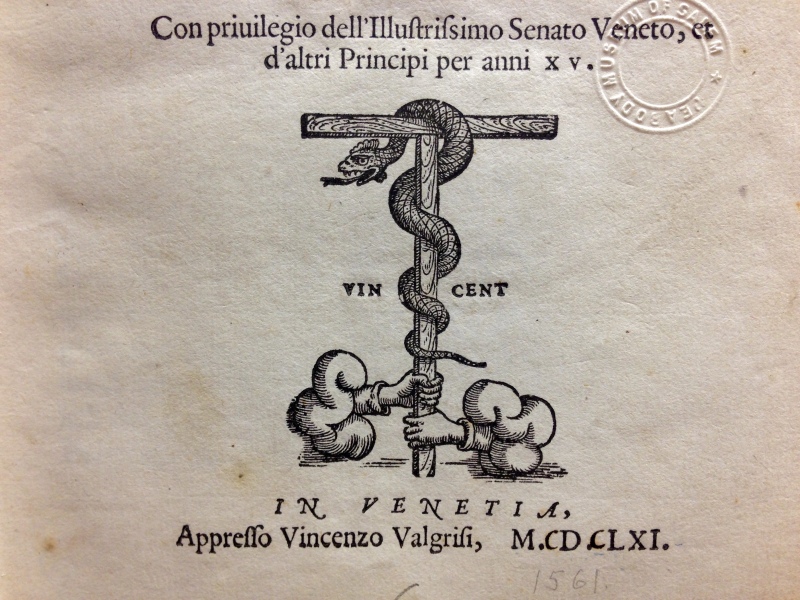
A printer’s device, or a symbol or emblem used by printers in early printed books. Here, an imposing example in a work printed by Vincenzo Valgrisi in Venice. You still see echoes in modern books in the form of (generally) smaller icons, monograms, or logos of publishers.
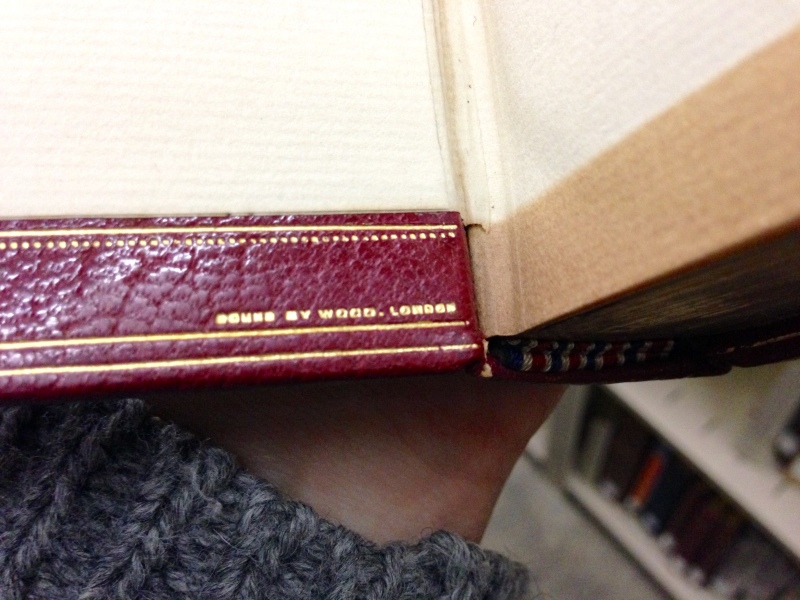
Binder’s stamp: “Bound by Wood, London” in gold tooling on a front turn-in. One of several types of binders’ evidence, which is itself a form of provenance. I cannot get enough of this kind of information, which is why I follow the University of Pennsylvania’s Rare Book & Manuscript Library‘s Provenance Online Project photostream on Flickr. I’ve solved some mysteries thanks to their photos, and I also just love to browse.
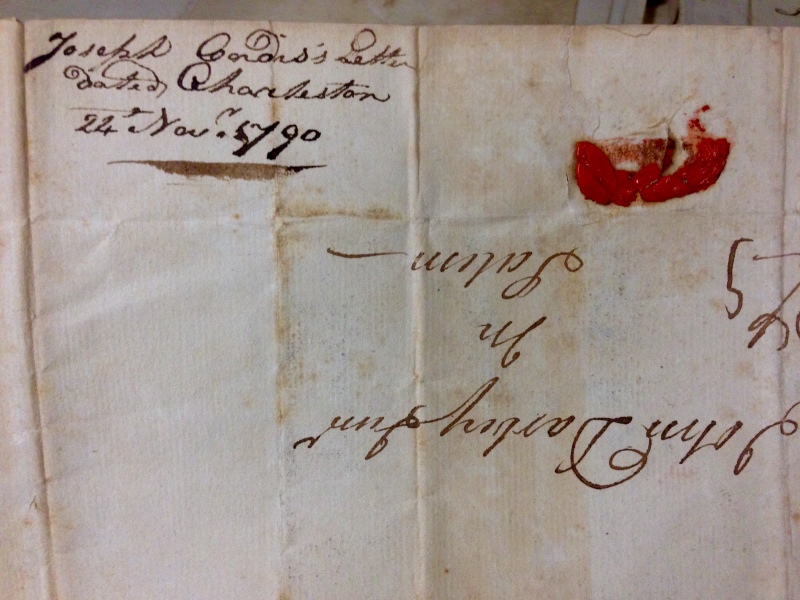
Many manuscript collections were formerly stored trifolded, with brief notations on one end to aid in filing. Most modern archivists do not find this charming, as large collections can take a long time to unfold. (Also, note the fractured wax seal.)
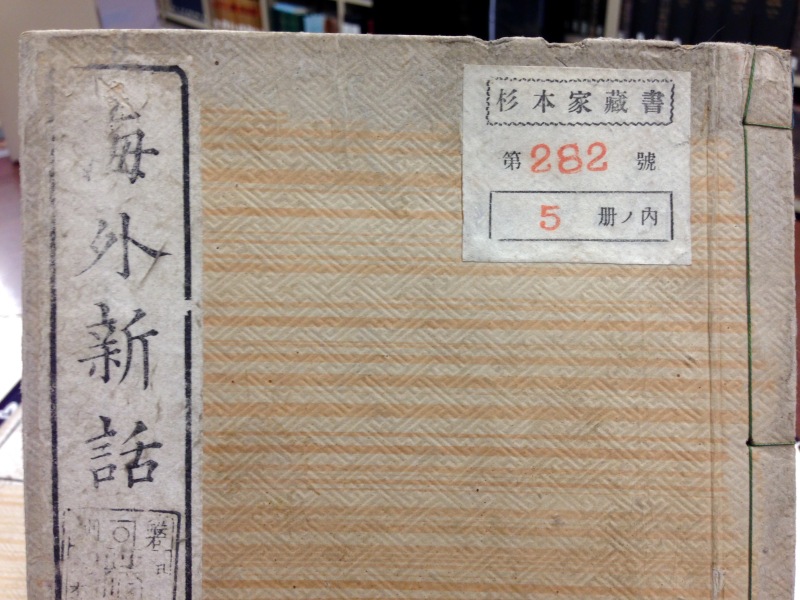
Clove brush lines were a common decorative cover style on traditional Japanese books, particularly in the 18th century. A dye made from clove flower buds, safflower, or grey ash was painted by hand, generally as horizontal or vertical lines or a lattice pattern.
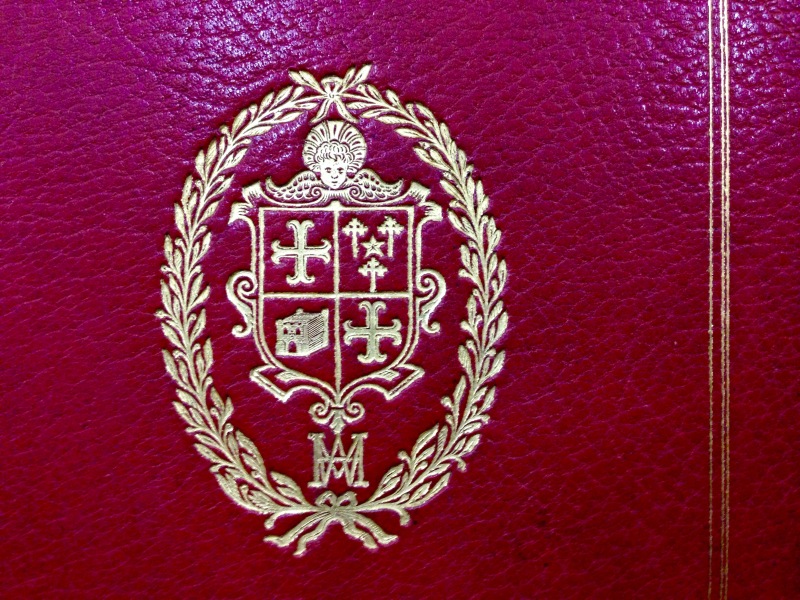
This work was rebound and gold tooled with the arms of the owner, William Henry Miller (1789-1848). Armorial bindings can be a rich source of provenance. An example of the process to trace them is this great post on Folger’s Collation blog. Incidentally, you should really follow their blog. It’s a fantastic glimpse into the work of a wonderful repository, made all the better for its decision to delve into cataloging and other issues that may pass the layman by. The comments on each post show that there is a healthy interest in such things among library and book folk (and others), and I am so glad that blog exists.
If you’ve made it this far, I assume that you might have at least a passing interest in the topic. In that case, allow me to suggest some follow-up reading… There won’t be a quiz, but it might whet your appetite for future posts.
Suggested Reading:
Carter, John. ABC for Book Collectors. 8th ed. New Castle, De.: Oak Knoll Press, 2004. At a library near you, or available as a PDF here.
Far and away the classic for rare book and bookbinding terms, this was one text assigned to me in my Rare Books and Special Collections Librarianship course. The print version is charmingly designed to include select terms on the appropriate parts of the book. The only thing that disappoints me, as I delve into non-Western books, is that its focus is very much European and North American. Still, it’s an authority for a reason and gives a great foundation.
UPDATE, June 2016: The long-awaited, illustrated (!) 9th edition will be published by Oak Knoll Press this summer. It has been revised and edited by Nicolas Barker and Simran Thadani (of Letterform Archive) and has me completely swooning.
Suarez, Michael, and H. F Woudhuysen, eds. The Book: A Global History. Oxford: Oxford University Press, 2013. At a library near you.
A far more affordable version of the OUP’s behemoth The Oxford Companion to the Book, this covers virtually every aspect of the history of the book in a series of neat, digestible chapters. From writing systems to the advent of print to censorship to books in virtually every region of the globe, you will probably find something of interest, and I hope you glance at the rest anyway.
Greenfield, Jane. ABC of Bookbinding: A Unique Glossary with over 700 Illustrations for Collectors & Librarians. New Castle, De.: Oak Knoll Press, 1998. At a library near you.
This work covers much the same territory as the bookbinding terms in the first item and the essays on structural evolution in the second, but it does so with hundreds of clear line-drawn illustrations. It also focuses on Western books, but it touches at least briefly on the other major structures from around the world. There’s also a list of notable binders, which I have taken to comparing to my library’s catalog, in hopes of finding examples in our collection.
Brookfield, Karen. Book. New York: Dorling Kindersley, 2000. At a library near you.
If the other three options elude or exhaust you, seriously consider this one. It doesn’t matter that it was written for children (or maybe it does). DK’s Eyewitness series is stuffed full of pictures, and, much like this humble blog post’s, the ones in this book are meant to draw you in. It very quickly runs through many of the same topics as Suarez and Woudhuysen’s Global History, but it does so accompanied by full-color photographs of examples. Let it hook you and push you to search for more, and I’ll be back with another DIY Rare Book School post soon.
Administrative Note
I am aware that this post adds a new subject to my blog that some people (hello, loving family!) find detracts from the previous focus on the toddler and food. In light of this, I’ve rearranged the structure a bit to better enable readers to stick to the parts they prefer. The menu at the top of the page has two main categories now: Life and Work, and each has a drop-down menu with related links. I will add separate RSS feeds soon to make it even easier, but for now clicking on “Posts” under either option gives you just those posts in that category. I appreciate any feedback on the effectiveness of this approach. Until I can afford the time and money to move to self-hosted WordPress, I have to work within the template at hand, and I’d really rather not set up a totally separate new blog. Comments, questions, or curses are welcome. 👇


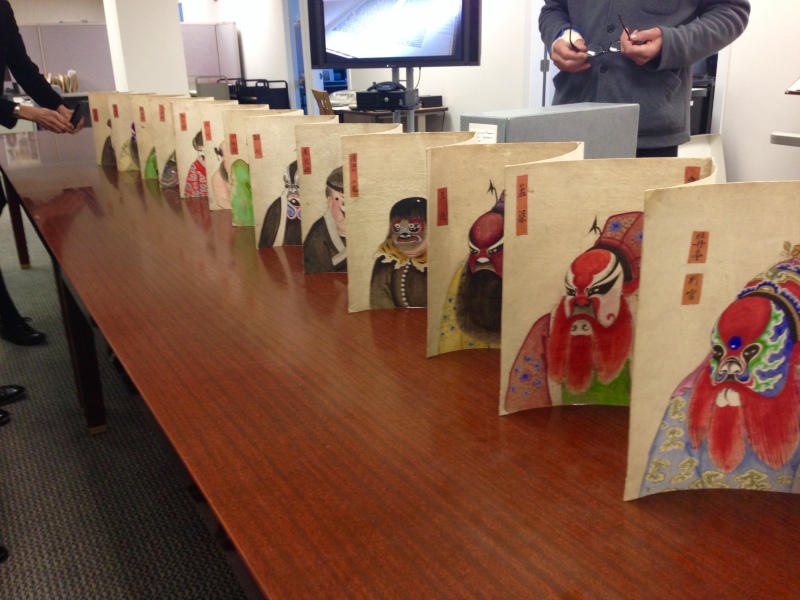
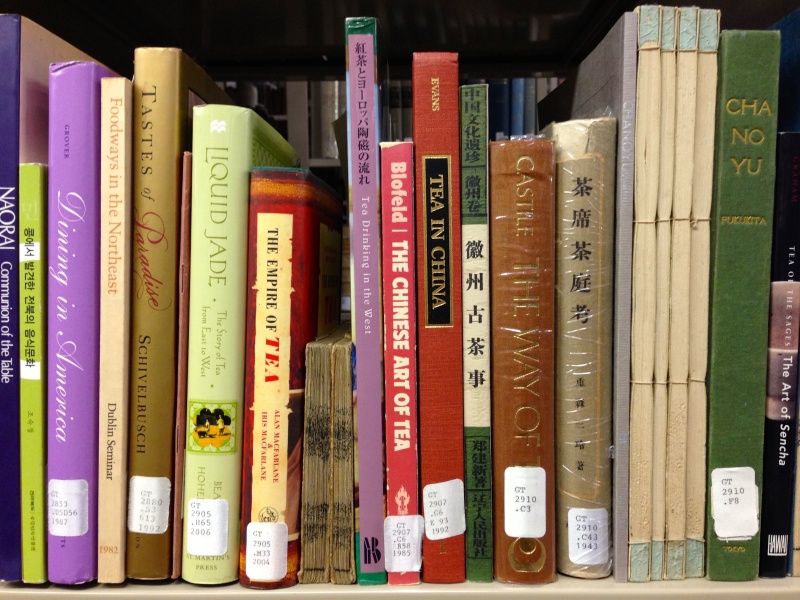
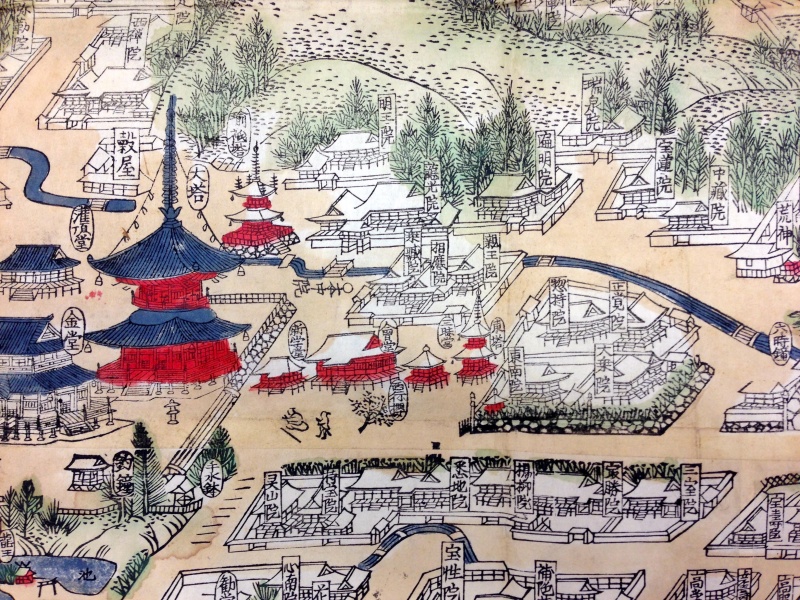
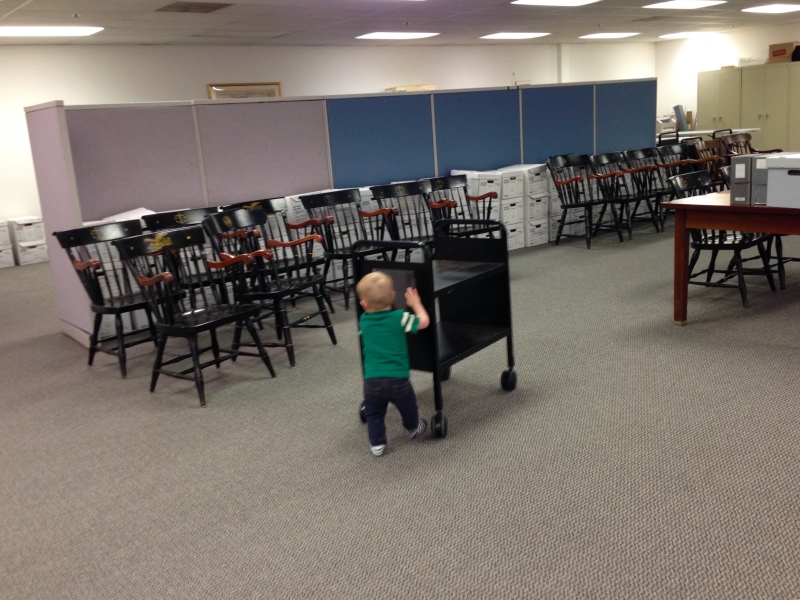
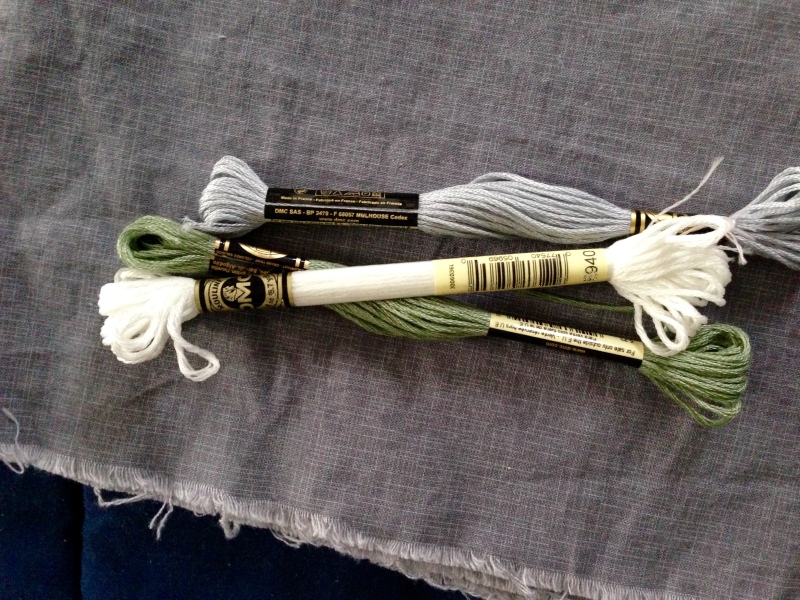
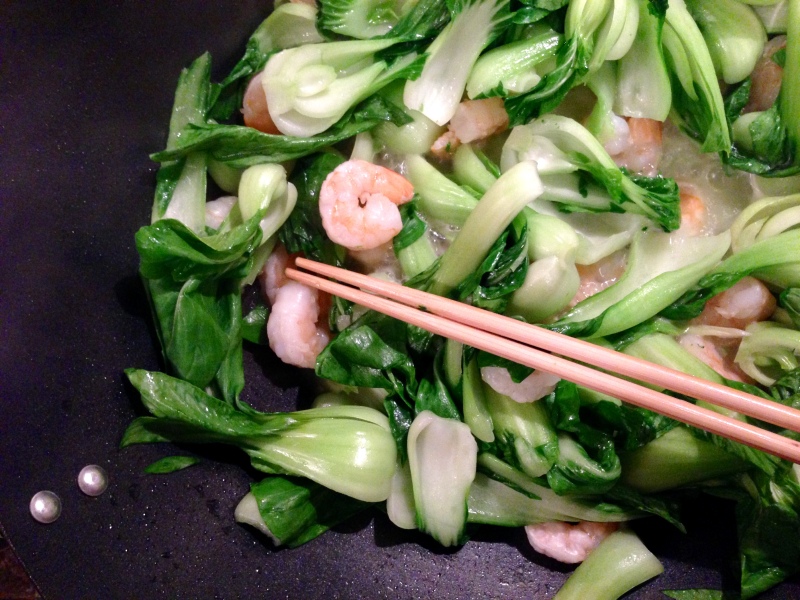
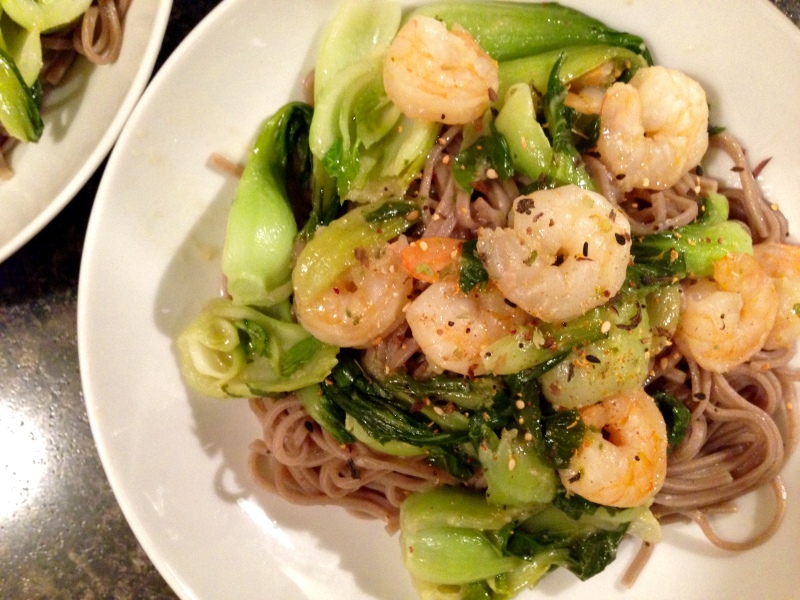
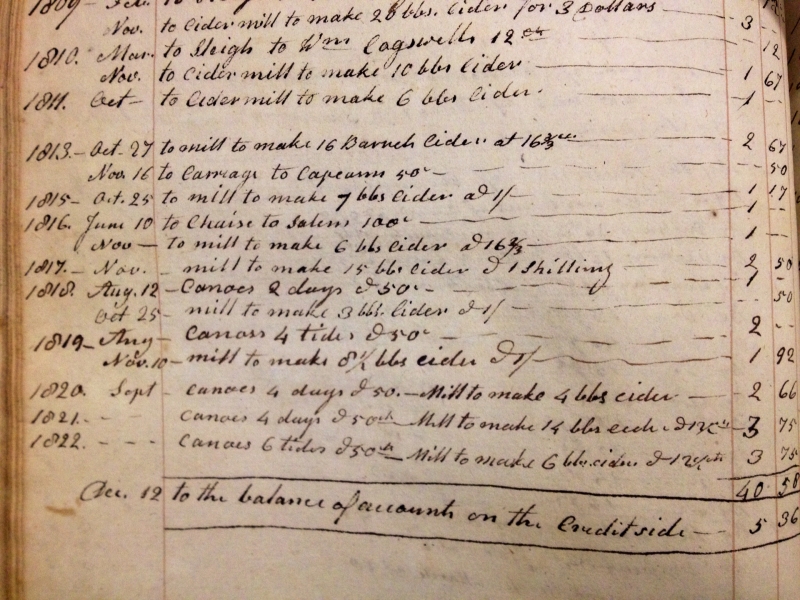

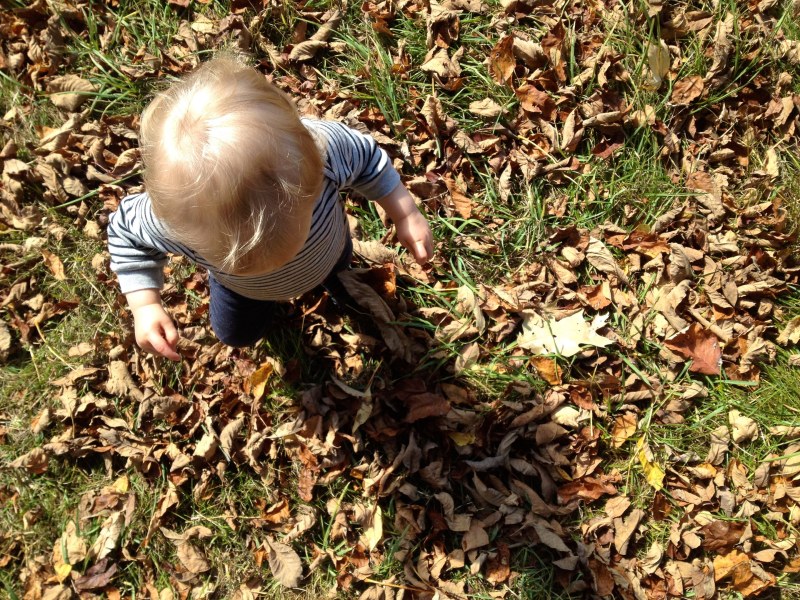
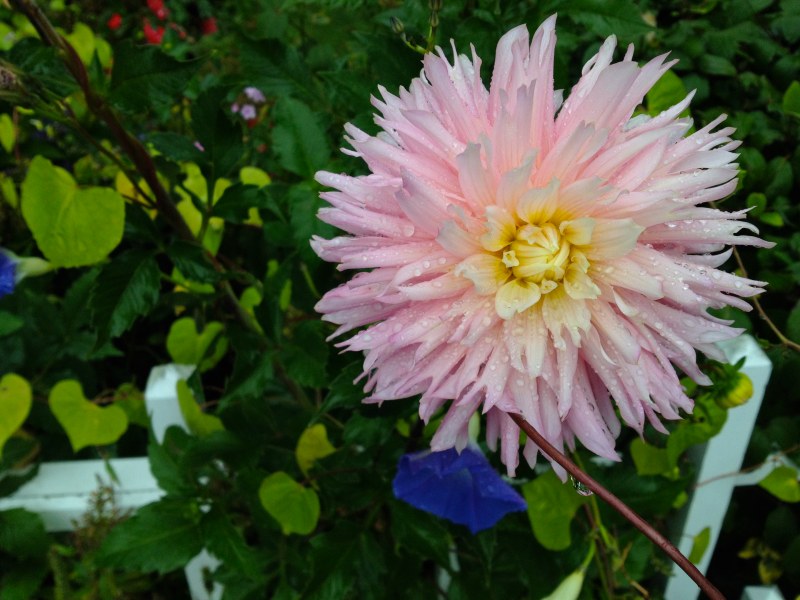
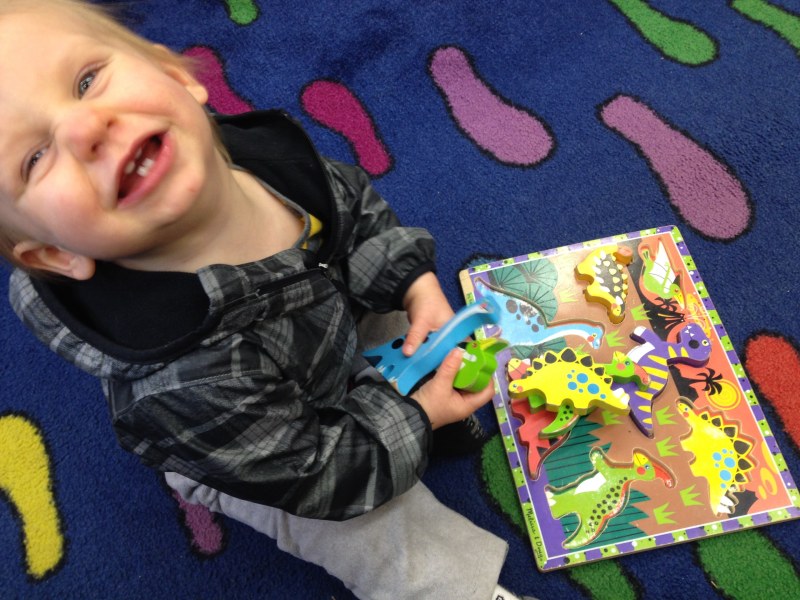
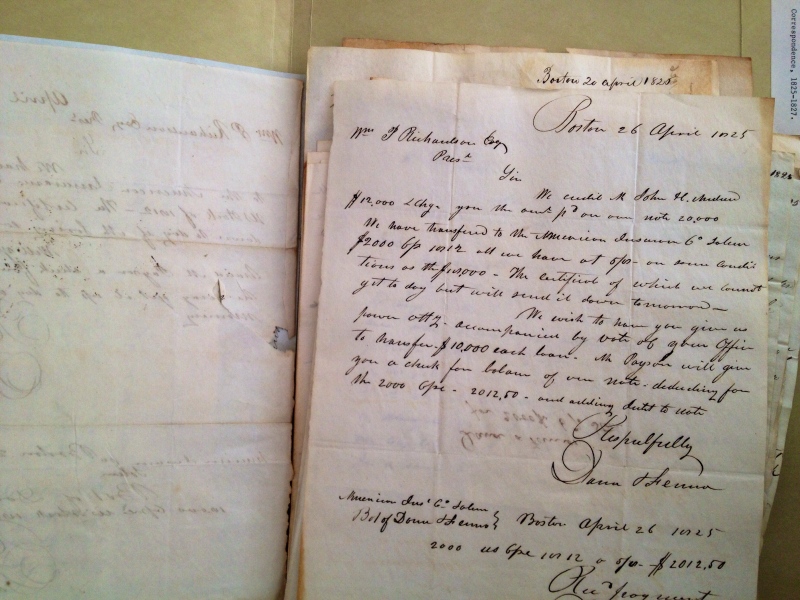
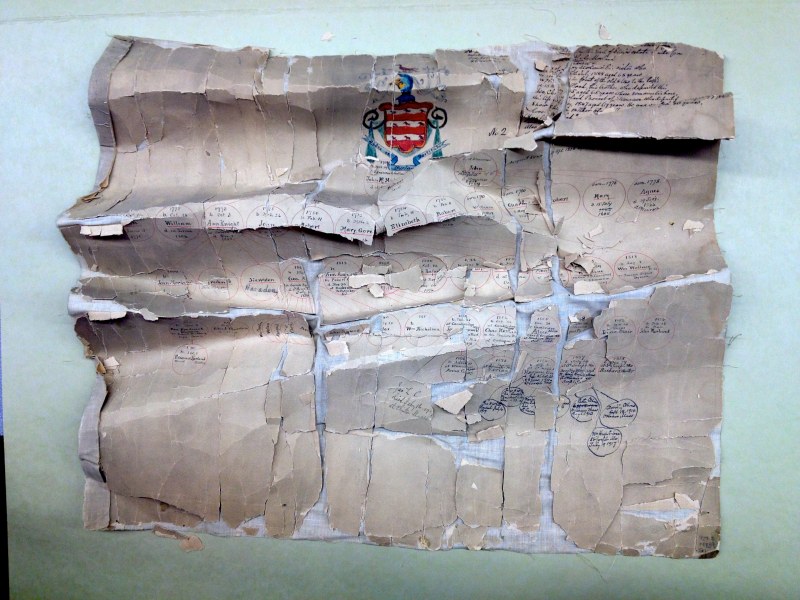
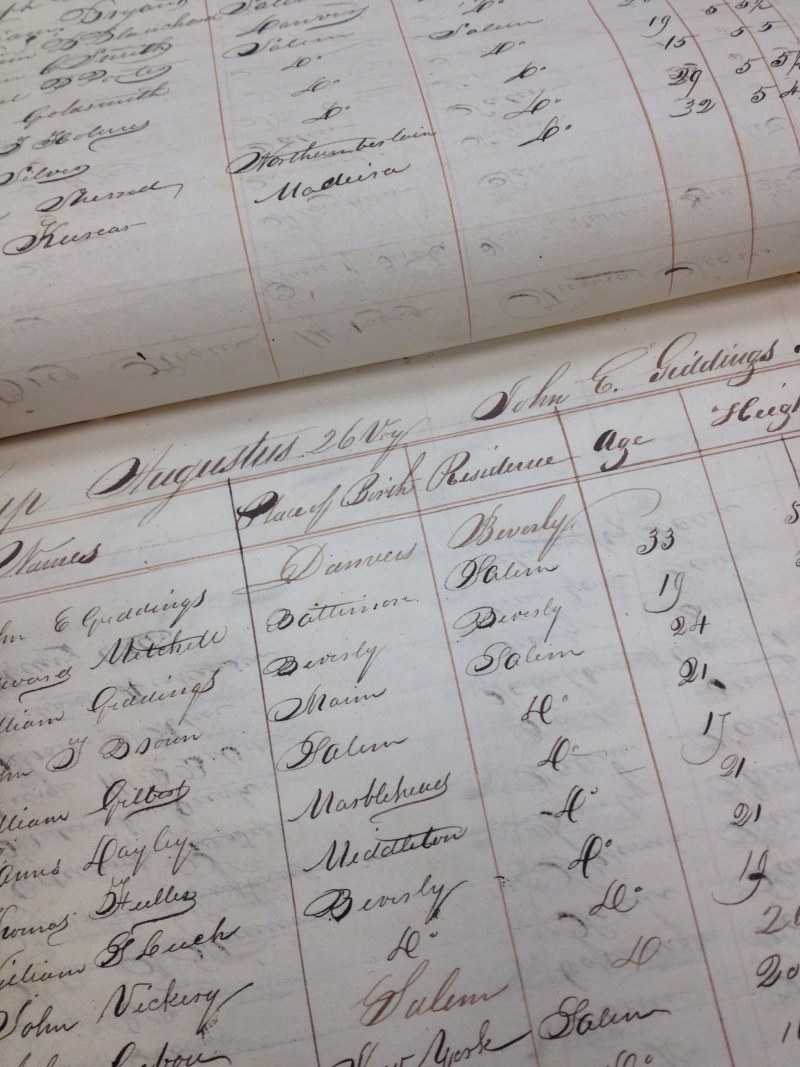
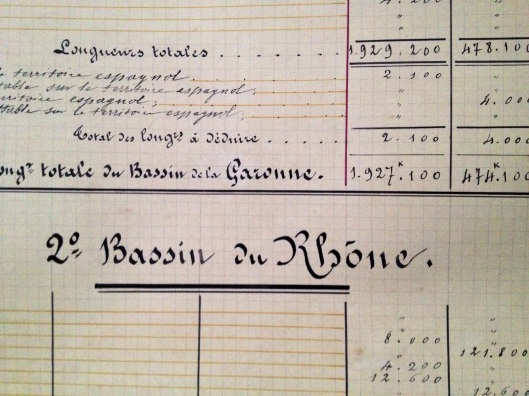

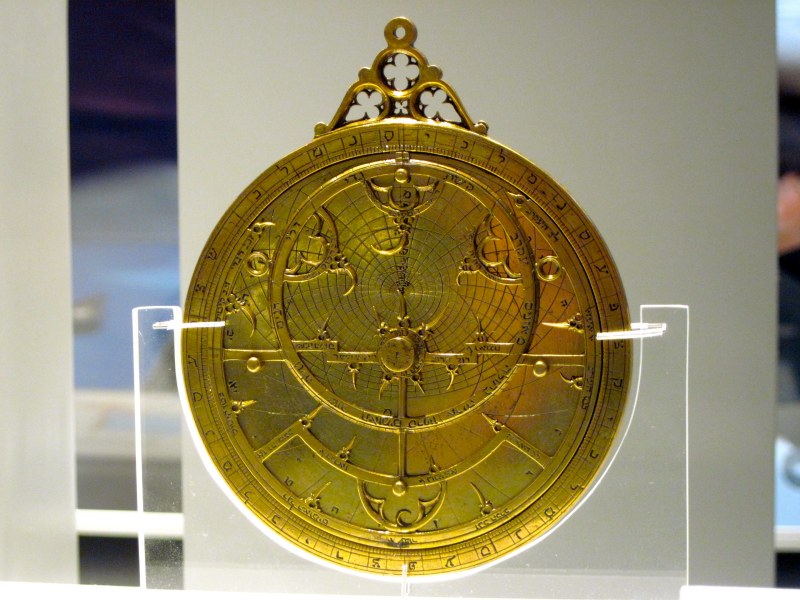

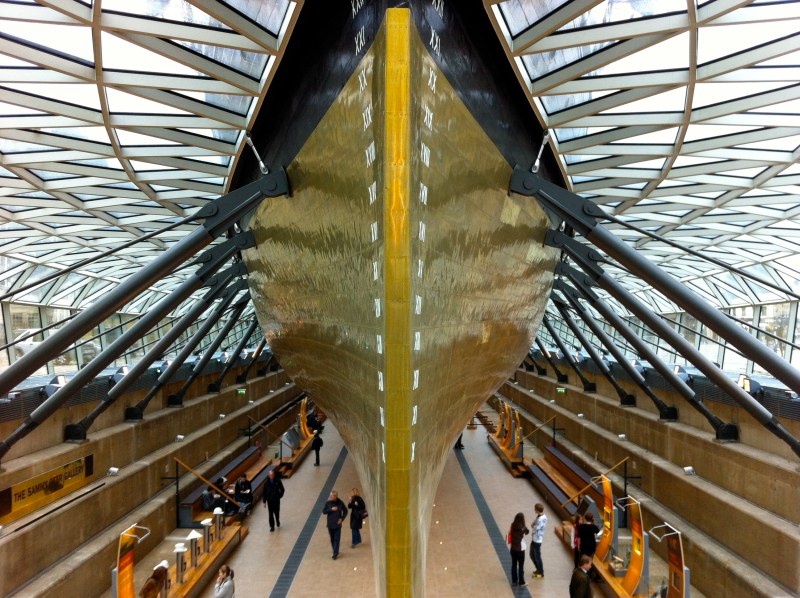
![Freeport [No. 001]](https://intheproperorder.files.wordpress.com/2017/08/freeport-no-001-20101026.jpg?resize=800%2C598)
